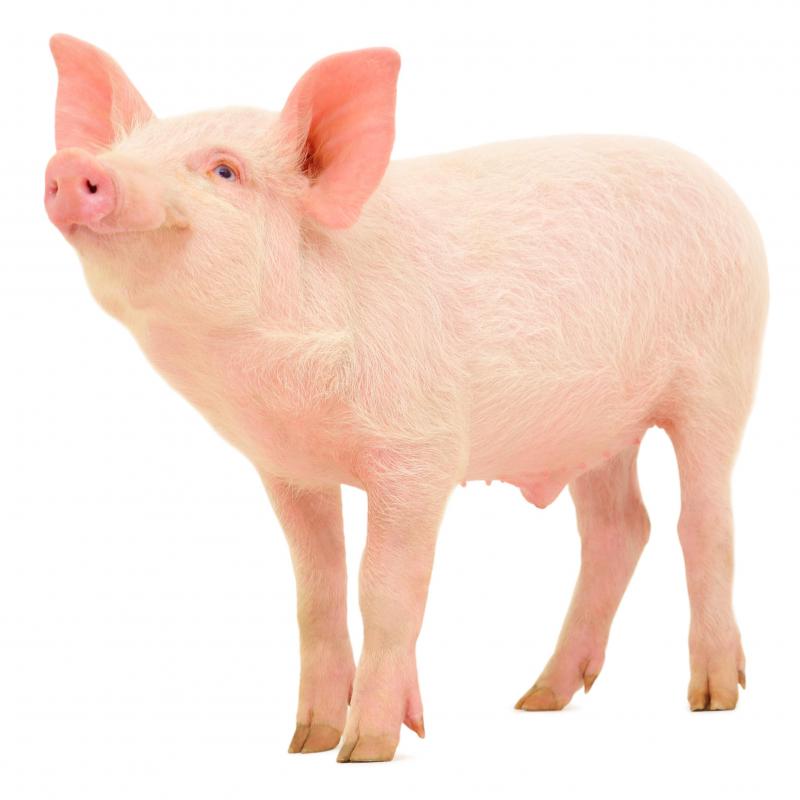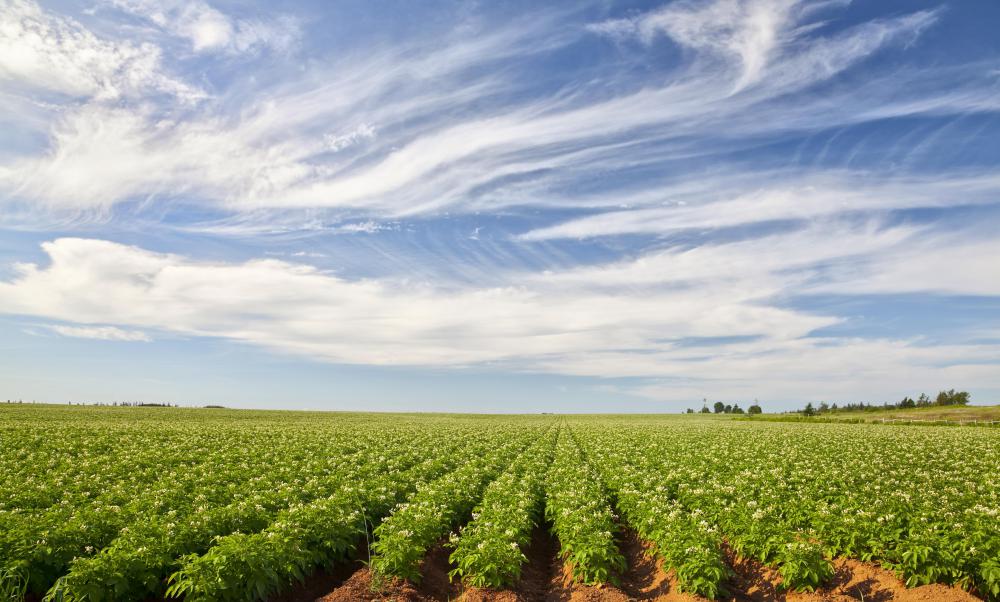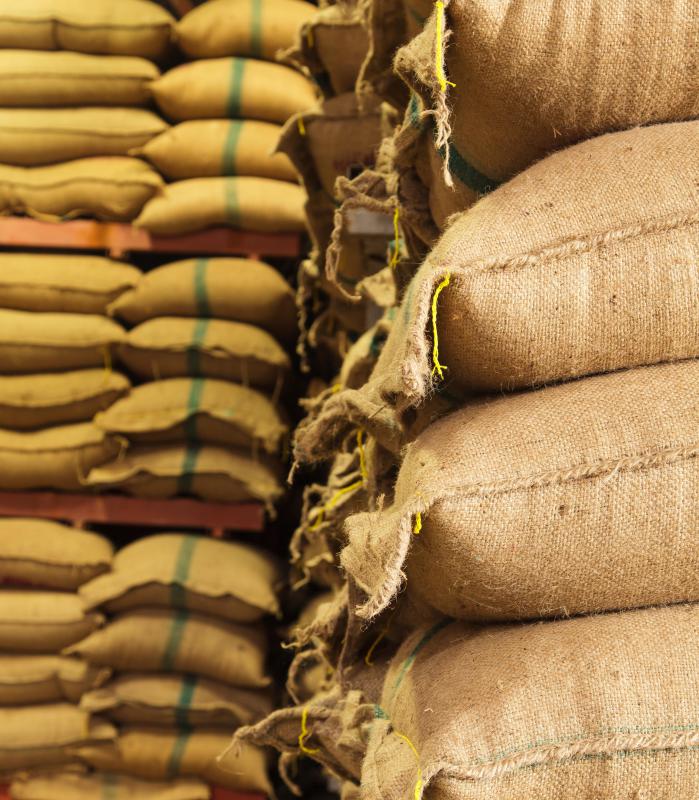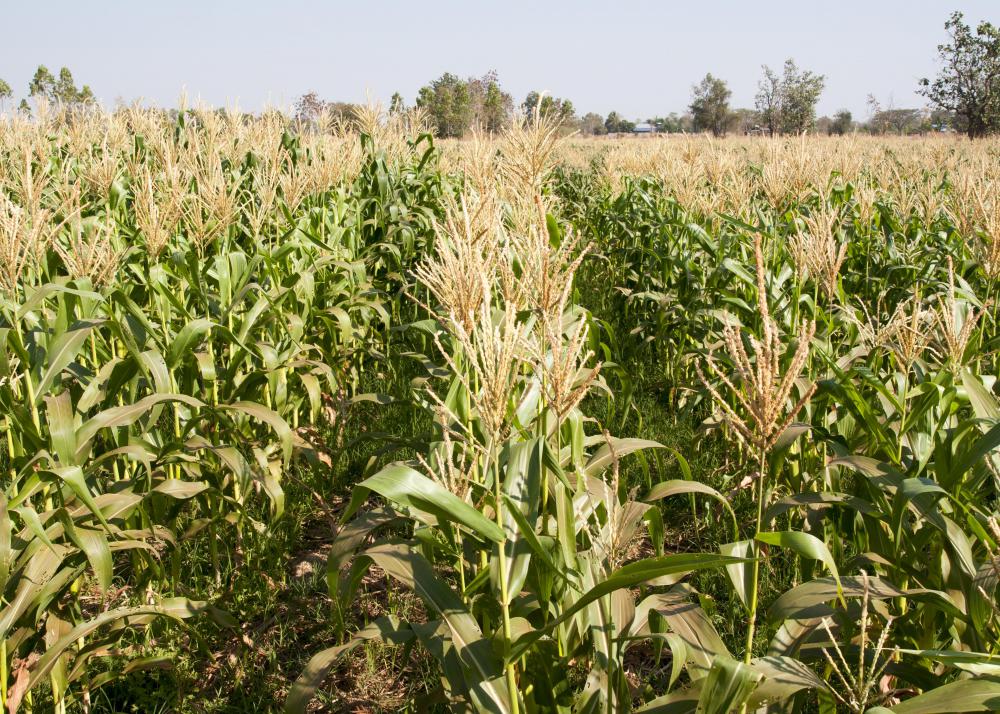At SmartCapitalMind, we're committed to delivering accurate, trustworthy information. Our expert-authored content is rigorously fact-checked and sourced from credible authorities. Discover how we uphold the highest standards in providing you with reliable knowledge.
What is Agricultural Trade?
Agricultural trade involves the buying and selling of products that have been produced through the forestry and farming industries. It can give consumers greater access to a variety of agriculture goods, often at more affordable prices. For example, European countries can obtain cocoa, coffee, and tropical fruits by engaging in agricultural trade. Trade also brings fresh fruits and vegetables to countries like Canada, the United Kingdom, and the United States during their cold winter months.
The notion of agricultural trade dates back to the time of the Romans, who grew crops expressly for the purpose of trade. Since ancient times, agricultural trade has expanded into a global enterprise and includes countless commodities. The modern agricultural market is vast, encompassing more than just food importing and food exporting. Other commodities that can be traded include livestock, raw materials, fibers, and stimulants.

Food products - primarily cereals, vegetables, and fruits - are bought and sold in agricultural markets in order to meet global food demand. Cattle, sheep, pigs, chickens, and horses are often traded for food, recreation, or other purposes, such as leather production. Raw materials, like lumber and bamboo, are also bought and sold on agricultural markets. Another frequently-traded agricultural commodity is fiber, including materials like hemp, silk, wool, and cotton. Stimulants like tobacco and alcohol also make up a sizable chunk of the agriculture market.

The economies of developing countries are often driven by their abilities to export agricultural products. While agricultural trade can provide opportunities for poorer nations, some of these countries lack the infrastructure to adequately distribute the products. In addition, they can have difficulty competing if high tariffs are placed on their exported goods. As a result, international agricultural trade can be difficult in developing nations, particularly for small-scale or rural farm operations.

Agricultural trade is becoming more global due to advances in technology and trade agreements made among counties. Tracking market fluctuations as well as being knowledgeable about applicable trade regulations can be a challenging task for buyers and sellers in the industry. As trade becomes more global, countries are taking steps to support policies that promote fair trade and sustainable agriculture practices.

For example, many countries have adopted their own agricultural trade programs. These programs are usually targeted at implementing and growing domestic and international outlets for the country’s agricultural commodities. Some countries offer farmers subsidies for growing certain agricultural products. Education and training on sustainable growing practices may also be part of a country’s overall trade program. In addition, many countries seek to expand trade with other countries by entering into agreements that eliminate or reduce import and export taxes on agricultural products.
AS FEATURED ON:
AS FEATURED ON:


















Discuss this Article
Post your comments